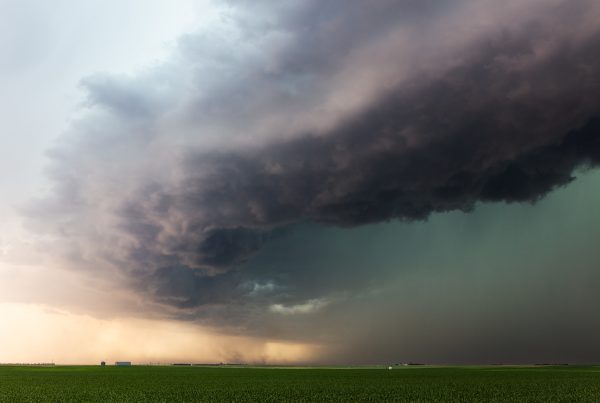Crop insurance is an essential risk management tool that helps farmers safeguard their investments against unpredictable weather, pests, and market fluctuations. However, misconceptions about crop insurance often prevent farmers from fully understanding its benefits and making informed decisions. In this blog post, we’ll debunk some common crop insurance myths, separating fact from fiction to help you make the right choices for your farm.
Myth 1: Crop Insurance is Only for Large Farms
Crop insurance is designed to cater to farms of all sizes, from small family operations to larger commercial enterprises. The coverage options available are flexible and can be tailored to fit the unique needs of each farm. The goal is to provide financial protection to all farmers, regardless of their scale of operation.
Myth 2: Crop Insurance Covers Everything
While crop insurance offers valuable protection, it doesn’t cover every possible loss. The coverage typically includes perils like adverse weather, pests, diseases, and market price fluctuations. However, certain circumstances like management errors or neglect may not be covered. It’s crucial to understand your policy details and limitations.
Myth 3: Crop Insurance Profits More Than Farming Itself
Crop insurance is not a profit-making venture; it’s a risk management tool. Insurance premiums are based on actuarial calculations, and the goal is to provide financial support in case of losses, not to generate substantial profits for farmers. Premiums are determined based on factors like historical yields, production practices, and coverage levels.
Myth 4: Crop Insurance is Unaffordable
The cost of crop insurance varies based on factors such as coverage level, crop type, and location. Government subsidies often play a significant role in reducing the premium costs for farmers. The goal is to make crop insurance accessible and affordable to ensure that farmers can manage risk effectively.
Myth 5: Crop Insurance is Only for Disasters
While crop insurance does provide crucial assistance in the event of major disasters, it’s also meant to cover smaller losses that can accumulate over time. Yield fluctuations, pests, and price changes can all impact a farm’s profitability. Crop insurance offers protection against these less catastrophic but still impactful events.
Myth 6: Crop Insurance is a One-Size-Fits-All Solution
Crop insurance policies are highly customizable to suit the needs of individual farms. Farmers can choose coverage levels, crop types, and additional endorsements based on their specific circumstances. This flexibility ensures that each policy aligns with the unique risk profile of the farm.
Myth 7: Crop Insurance Eliminates the Need for Risk Management
While crop insurance is a valuable tool, it’s just one part of a comprehensive risk management strategy. Farmers should still implement best practices in agronomy, diversification, and financial planning to minimize risks and maximize profits.
As a farmer, understanding the realities of crop insurance is crucial to making informed decisions that protect your investment and ensure the sustainability of your operation. By debunking these common myths, we hope to empower you with accurate information about the benefits, limitations, and nuances of crop insurance. Remember, a well-informed approach to risk management is key to a successful farming venture.









